
Metaphor: ReFantazio Review

Pros
- Excellent pacing throughout
- Archetype system is both strategic and rewarding
- Beautiful artstyle
- Entertaining voice acting
- Plenty to see and do
Cons
- UI is not for everyone
- Engine is starting to feel a little dated
- Would like more voiced scenes for the Follower events
It’s been a long ride since Metaphor: ReFantazio was first announced in December 2016 with nothing more than a codename, Project Re:Fantasy. Indeed, it would not be until 2023 when we got our first look at Persona Studio’s latest offering. Since that time, Persona has grown from strength to strength, only adding pressure to a new IP from the studio to live up to the legacy, however unfair that may be.
Taking place in the Kingdom of Euchronia, a union of allied kingdoms that spans Euchronia itself, the Principality of Oceana, and the Principality of Montario, this fantasy setting takes place in a time of turmoil following the death of King Hythlodaeus V. The eight tribes don’t share equal standing, and persecution is rife with the differences between them. Playing the role of the Traveling Boy, an Elda, the most elusive tribe of them all, is bound to cause its share of controversy. Clutching a Fantasy Novel in hand that seems to depict our world, you set off on a grand adventure.
Grab a hot drink and get cozy, for you’re about to be whisked off on a most fantastic adventure.
Metaphor: ReFantazio’s story will captivate you with its fantasy theme.
A Rich Story
When it comes to lasting impressions on my time with Metaphor: ReFantazio, it’s that of the story that you play a part in. Gripped from start to finish, this nationwide journey captivated me like no other in recent times, having to force myself to not continually progress the main storyline as I diligently explored every facet of this fascinating kingdom.
Admittedly, Metaphor does get off to a bit of a slow start as you make your way to the kingdom’s capital with a vital mission and your Fairy companion, Gallica, in tow. Much like its predecessor, Persona 5, a lot of the systems are closed to you and it’s not until around three-four hours in when you begin your first operation that you even get access to the social system (more on this later).
Admittedly, Metaphor does get off to a bit of a slow start…
There’s a lot to get to grips with in this setting though, and the Memorandum that you can access at any time will update constantly with information on new terms, the current story situation, and much more. It’s not until the end of that first operation is over that your adventure begins in earnest: the King is dead, there are no apparent heirs, and using his royal magic, a contest for the throne is set in motion so that it’s the people who will determine the next monarch. And thus, the Tournament for the Throne truly begins.
After the lengthy prologue comes to an end, you’ll find yourself traversing the entire kingdom as you seek to drum up support for your claim in a bid to stop the nefarious Count Louis from succeeding the throne. An adversary that paints an imposing picture whenever he’s on screen and is seemingly unstoppable. Metaphor’s approach to this villain, however, is fantastic, shying away from the expected course and crafting scenarios that kept me constantly engaged.
(1 of 2) The main cast are excellent in Metaphor.
The main cast are excellent in Metaphor. (left), You’ll not only visit cities, but also smaller towns as you travel around Euchronia. (right)
Rather than being stuck in a singular city, such as Tokyo, in the studio’s previous title, you’ll visit every corner of Euchronia and this makes a huge difference to the setting. Each of the kingdom’s major cities will become a hub while you deal with the ongoing situation and from there, you’re given the freedom to explore labyrinths, take in the scenery, or spend time with your Followers. It’s a fantastic way to keep the adventure feeling fresh throughout.
Metaphor: ReFantazio is a very lengthy adventure, perhaps unsurprisingly given the developer and I have to admit, after hearing the admission by the director, Katsura Hashino, claim that it could take most players around 100 hours to finish, I was a bit apprehensive that the pacing would suffer for it. After all, for all of its strong points, I felt that Persona 5’s pacing was very poor at times and the final act was one too many. Fortunately, I can say I never had that feeling with Metaphor: ReFantazio despite my completionist playthrough taking me over the 100-hour mark. A lot of this is thanks to a protagonist who has a lot more personality due to having voice acting for your choices and important story moments.
The setting plays a large part in this: the Kingdom of Euchronia is vast, and not being stuck in one place throughout makes a massive difference. I was constantly spurred on by what adventures I may get myself into, with the curiosity of what beautifully designed city I would set up shop in, what new colorful characters inhabit the area, and where my next dungeon delve would be. Not once was I left hoping that Metaphor: ReFantazio would reach its conclusion, indeed, it was quite the opposite. When the credits rolled, I was satisfied with the story’s outcome, the landing was nailed and no questions were left unanswered, even with some massive twists and turns throughout.
Spending Your Time in Style
Although you’ll be able to see Metaphor‘s calendar in the menu from the outset, it’s not until you begin the first operation that you truly get access to the social system. If you’ve played the recent Persona titles, you’ll know what to expect here. There is a daily system in which you get access to two time slots, the afternoon and the evening, with many activities you choose to undertake using up that time slot. This may sound simple in nature, but there is a lot to fill your time with, such as visiting your Followers to rank them up and unlock new abilities, working on raising your Royal Virtues or venturing out of your current base of operations to explore the many labyrinths to complete quests or take out vicious bounties.
Not once was I left hoping that Metaphor: ReFantazio would reach its conclusion, indeed, it was quite the opposite.
You’ll have to pay attention to the deadline of your current operation: this can range anywhere from 5 to 15 days, and some activities can take up more than one time slot. If you need to take your Gauntlet Runner (your main method of transport) to a faraway dungeon, this could take up two of your days and after a hard day’s work slaying beasts, there won’t be time for anything in the evening when you return. It’s a balancing act that you’ll need to master if you’re to get the most out of everything available. Fortunately, with careful planning, I was able to see everything there was to see in a single playthrough of Metaphor with some days to spare, so those of you with horror stories from the studio’s previous titles may be relieved to hear that.
Of course, with so many options available to you, it’s easy to become overwhelmed and fortunately, that’s where the Travelers’ Voices system comes into play. With a press of a button (provided you’re online), you can see what other players did in that time slot, along with a percentage. Not only does this help give you an idea of what the popular course of action on that day was, but you can also possibly learn something you weren’t aware of. Did another Traveler visit the ??? Follower on that day? This means there’s a Follower to unlock that you’ve not done so yet. The system takes on even greater use when you have quests to undertake too, as you can see the level and setup other players had when they cleared a quest or bounty and should you click it, provided you have access to the same tools, you can copy over the setup yourself.
(1 of 2) There are many optional quests to undertake.
There are many optional quests to undertake. (left), This will lead you to the world map where you’ll travel via the Gauntlet Runner. (right)
There are plenty of people who need aid in the Kingdom of Euchronia, and you’ll find many optional quests to get stuck into while you can also visit a recruitment center to take on a bounty. Usually, this will unlock new places to visit on the world map, which you traverse on the Gauntlet Runner, a massive land-based ship that will get you from A to B. Before setting off though, perhaps a visit to the local Informant to learn what manner of beasties you may run into or treasure you can expect to find. Your journey there is not wasted too, as you’ll be able to spend your time slots on the Gauntlet Runner while you travel, be it reading a book, spending time with your allies, or cooking a new dish.
Among everything you do during the Tournament for the Throne, you will have your Royal Virtues to think about. These are five social stats that govern what it is to be a ruler, such as Courage, Wisdom, Tolerance, Eloquence, and Imagination. As you complete quests and take part in town activities, you will earn points in each stat and look to rank them up. This is necessary as there may be some quests that require you to have a Royal Virtue at a specific rank, or perhaps a Follower won’t speak to you unless you can demonstrate your Courage. Fortunately, there are an abundance of activities you can undertake to raise these, never leaving you empty-handed with something to do on any given day.
Awakening your Archetypes
When it comes to combat, you have two main options available to you, even if the majority of your time will be spent in Squad Battles. While out in the field, you can slash at your enemies and should you deplete their stun gauge, you’ll be able to press a button to begin a Squad Battle, a typical turn-based affair with an ambush and the first turn. This will be your go-to approach for the most part, but should your level be higher than that of your enemy’s, you can take them out with a few slashes and avoid a Squad Battle altogether with the full set of combat prizes for your trouble.
Squad Battles use Shin Megami Tensei’s familiar Press Turn system, which may be a bit surprising considering Metaphor borrows so much from Persona 5. You’ll have a turn for each of the available party members in the battle (a maximum of four) and you can extend a turn should you hit an enemy’s weakness. Alternatively, you can pass your turn to another member to change that full turn into a half turn, allowing you to act more strategically.
There are three physical resistances in Slash, Strike, and Pierce, while you’ll find six elemental resistances; this gives you and the enemy a lot of variation on what skills you need to bring into battle with you. Press Turn works both ways, though, as, if the enemy strikes a weakness, or blocks one of your attacks, they’ll gain extra turns too, so being cautious with how you attack your foes is of utmost importance. If you’ve spent any time with the more recent Shin Megami Tensei titles then you may be left wondering what is unique with Metaphor‘s take on it, and that’s where the Archetype system comes into play.
…any Archetype can inherit any skill from another, provided you have a free slot available.
Shortly after the initial introduction, you’ll get access to your first Archetypes which are essentially classes. Each Archetype has 20 ranks for you to pursue, unlocking new abilities and passives along the way, and with over 35 Archetypes to master, that’s a lot of customization. Each Archetype will belong to a tree, of which each is unlocked and nurtured by one of the Followers you can Bond with (of which your party members each unlock one). For the most part, they follow a similar progression path, master the previous tier of an Archetype to unlock the next (along with some other minor requirements) and each of these Archetypes has their own weapon type. Additionally, based on the rank of your Followers, any Archetype can inherit any skill from another, provided you have a free slot available (one to begin with initially).
(1 of 2) Battles use the familiar Press Turn system from Shin Megami Tensei with a twist.
Battles use the familiar Press Turn system from Shin Megami Tensei with a twist. (left), The Archetype system offers an abundance of riches when it comes to customizing your characters. (right)
This plays a huge role in combat, as the formation system allows you to move characters to either the front or back, raising their melee attack/magic attack respectively. If someone is a Mage Archetype, then you’ll want them in the back to take less damage while their spells will hit harder. You may meet some enemies that are enraged by anyone wielding a mace, at which point, it may be wise to change to a different Archetype. All of this is done with More at Akademia, a safe haven you can access in towns or specific areas of a dungeon. Fortunately, very early on you’ll unlock the ability to access the Archetype Tree from the main menu which encourages experimentation even further.
The final piece to the puzzle, then, and perhaps the most important, is the Synthesis Skill system. As you unlock new Archetypes, they’ll gain access to new Synthesis Skills, which require you to have a specific setup of Archetypes (it’s the Archetypes themselves that are important, not the skills they’ve learned) and by using two or more turns at once, you can unleash some very powerful skills. This can be higher damage tier attack skills earlier, potent buffs, or unique skills altogether and it’s this system that really fuels how diverse and enjoyable the Archetype system is.
A Loyal Following
As mentioned earlier, you will come across many Followers who wish to aid the Traveling Boy on his journey and if you’re familiar with Persona 5, this plays a very similar role to the Social Link system. Each of your Followers will have eight ranks with each rank up giving you access to new abilities, such as unlocking advanced Archetypes, getting you a discount at stores, or providing you with some MP upon winning a battle. The only way to raise these Bonds, then, is to spend time with them during your free time, be it in the day, or the evening, or by completing specific requests.
This, along with the Royal Virtues system, is where your time management skills are of the utmost importance as many of the Followers will require a specific Royal Virtue stat to progress them at certain points. Fortunately, I had enough time to master all of these before the story’s conclusion and it was well worth it, as some of the best writing in Metaphor: ReFantazio is to be found here.
Unfortunately, voice acting is only reserved for the first and final ranks of the Follower storylines, something that I felt took away from the immersion a bit, especially as Metaphor tries very hard to have constant voice acting throughout. Each rank up event will give you choices you can deliver, and choosing the correct choice, while having no impact on the process of gaining a rank, will cause you to receive more MAG from the event - this is a currency that is used to unlock new Archetypes or Inherit Skills and you’ll need plenty of it as it’s not uncommon to see some of the higher-tier Archetypes cost 30,000+ MAG.
A lot of the Follower storylines focus on the growing tension between the tribes in the Kingdom of Euchronia and how you might overcome the barrier. Most of them are entertaining from start to finish and I always looked forward to my next set of free days to continue where I left off. It’s just a shame that the excellent voice acting wasn’t available for every rank but this is a minor nitpick.
Despite having some fantastic stories to tell, only the first and final Follower Bond events will have voice acting.
Artistic Wonder
Metaphor: ReFantazio is an interesting title when it comes to its graphical prowess. Perhaps understandable, given that development started in 2016, but using a modified version of the Persona 5 engine does feel a bit dated at times: in fact, Metaphor doesn’t really look much better than the aforementioned title, which is a bit surprising considering how long it’s been since then. Textures are a bit muddied and can look very low-res at times which in turn, can take you out of certain scenes, especially when the generic citizens are involved.
Still, Metaphor has a distinct art style that oozes with class, seemingly taking massive inspiration from Renaissance artist Hieronymous Bosch, and it can be seen across everything the game touches. Be it the excellent enemy design (of which there are some truly grotesque monstrosities), the beautiful brushstroke style skyboxes, and the fantastic menu design that look like they’ve come alive straight out of a painting. Indeed, this helps mask some of the uglier parts of the now-dated engine used for Metaphor. With so much style and strong art direction, it’s a minor gripe that didn’t sully my overall enjoyment.
Metaphor has a distinct art style that oozes with class.
By now, we’ve come to expect stylish user interfaces (UI) for Persona and Shin Megami Tensei titles, and while Metaphor: ReFantazio doesn’t disappoint there, it may not be to the liking of everyone. For me personally, I loved everything about the UI although I could have done without the message box animating, even if I quickly got used to it. I was also not a fan of the dash effects when running, something I tried to avoid doing as much as possible as a result.
(1 of 2) The UI and stylish effects can be a bit much at times, like when you use the Dash button.
The UI and stylish effects can be a bit much at times, like when you use the Dash button. (left), The art style, though, is breathtaking the majority of the time. (right)
The use of British voice actors is also a welcome addition, it adds to the authenticity of the Kingdom of Euchronia, and having certain regions or tribes having specific accents made the world feel truly alive. Matt Whitchurch’s voice for Basilio was a personal favorite of mine: it’s not often you hear an accent from Liverpool in video games and it’s one that stuck with me throughout.
At the end of my journey with Metaphor: ReFantazio I was left with that familiar feeling I often get from Persona Studio titles: one of emptiness knowing my time with yet another fantastic cast has come to an end and not knowing what to do with myself. To achieve this with a new setting is nothing short of remarkable and it won’t be long before I jump back into the Runner for another jaunt through Euchronia. I have a feeling this new cast will be as beloved as any Persona cast before and Persona Studio have managed to create yet another exceptional IP.
Disclaimer: A review code was provided by the publisher.
The Perfect Fantasy
At the end of its massive runtime, Metaphor: ReFantazio never suffers from pacing issues and tells a captivating story that stirs your imagination. With fantastic additions to the familiar Press Turn battle system and one of my favorite casts in a long time, this is one fantasy you won’t want to miss.
Gameplay:
Sound:
Graphics:
Story:
Value Rating:

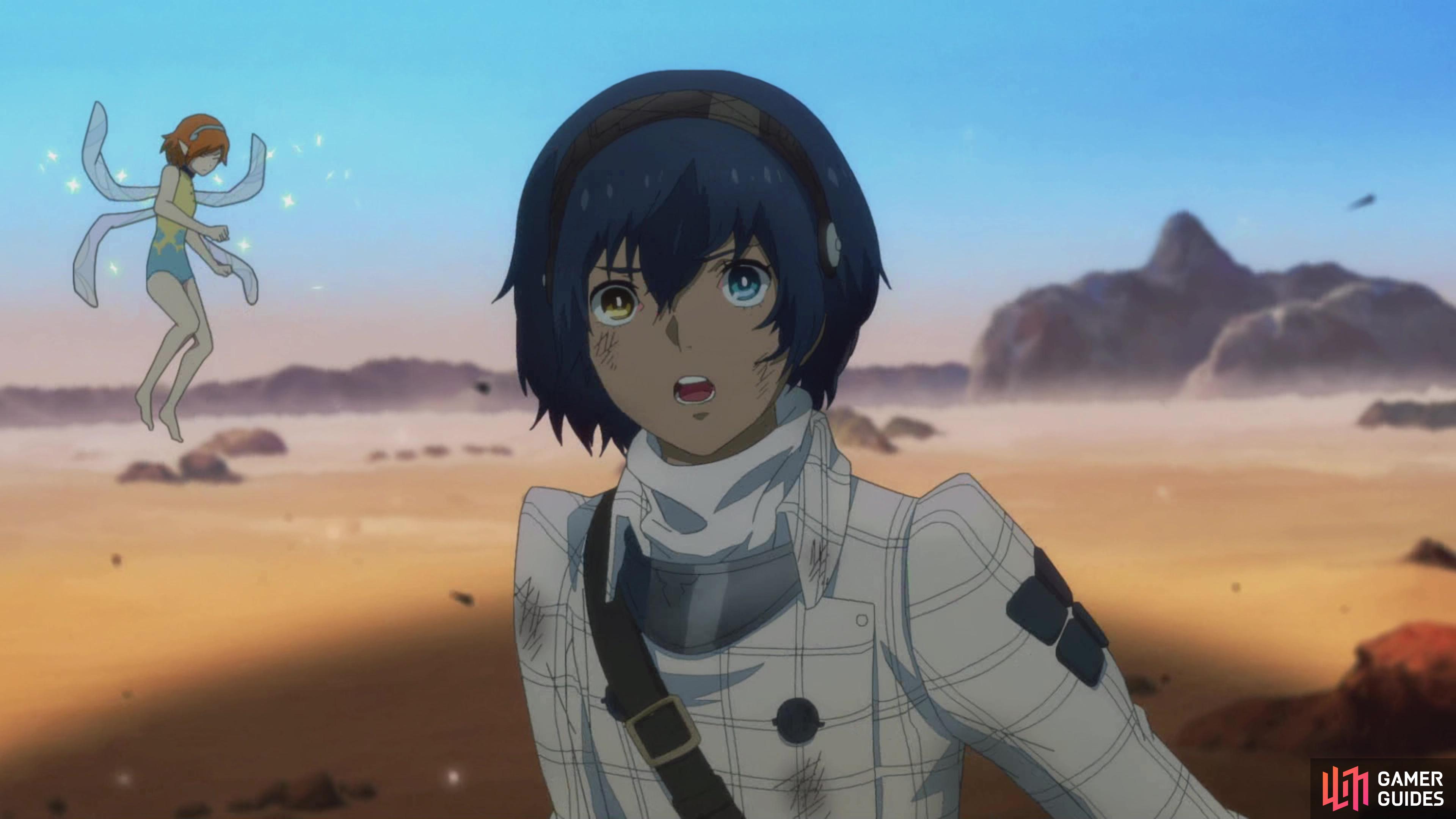
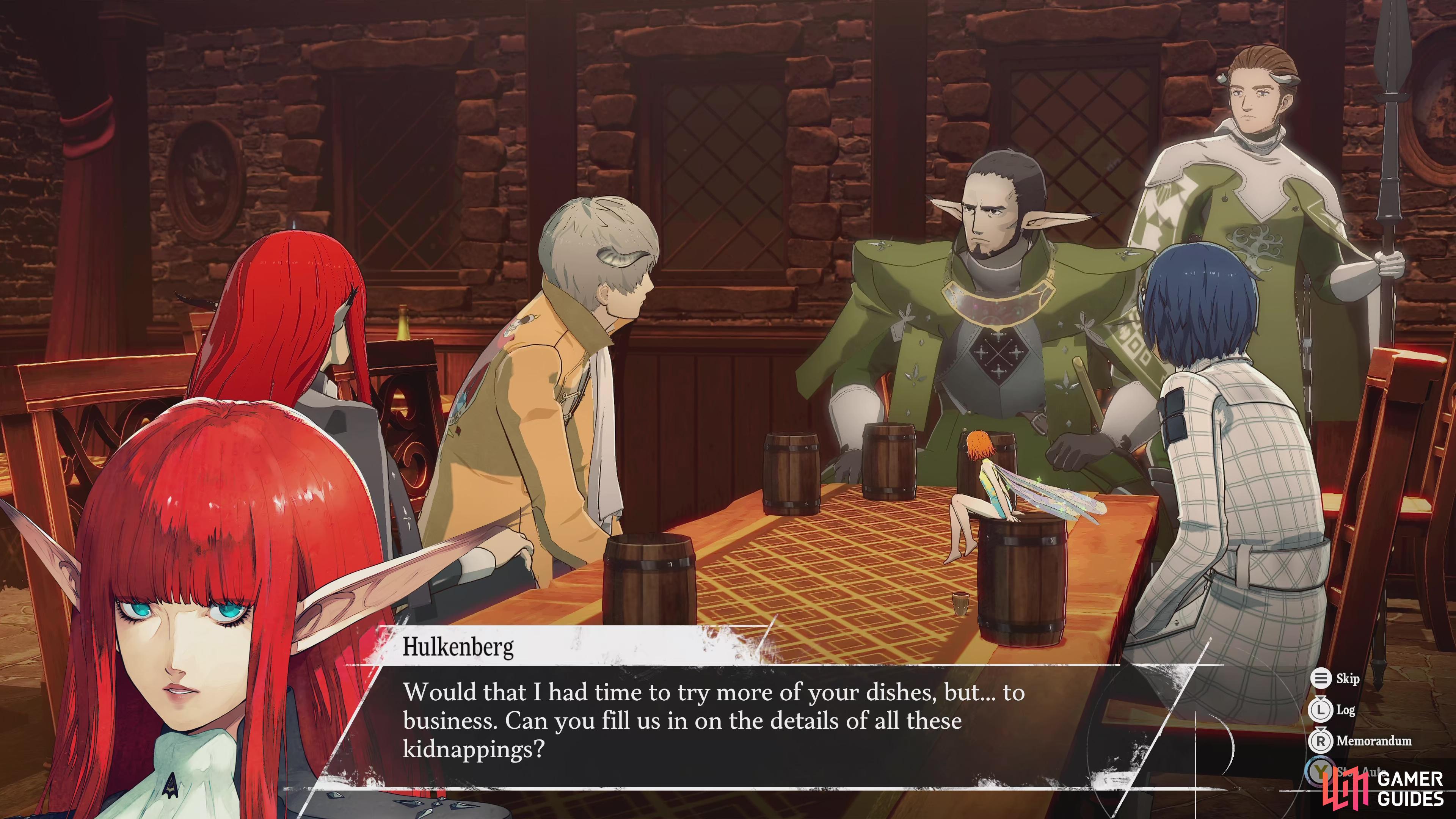
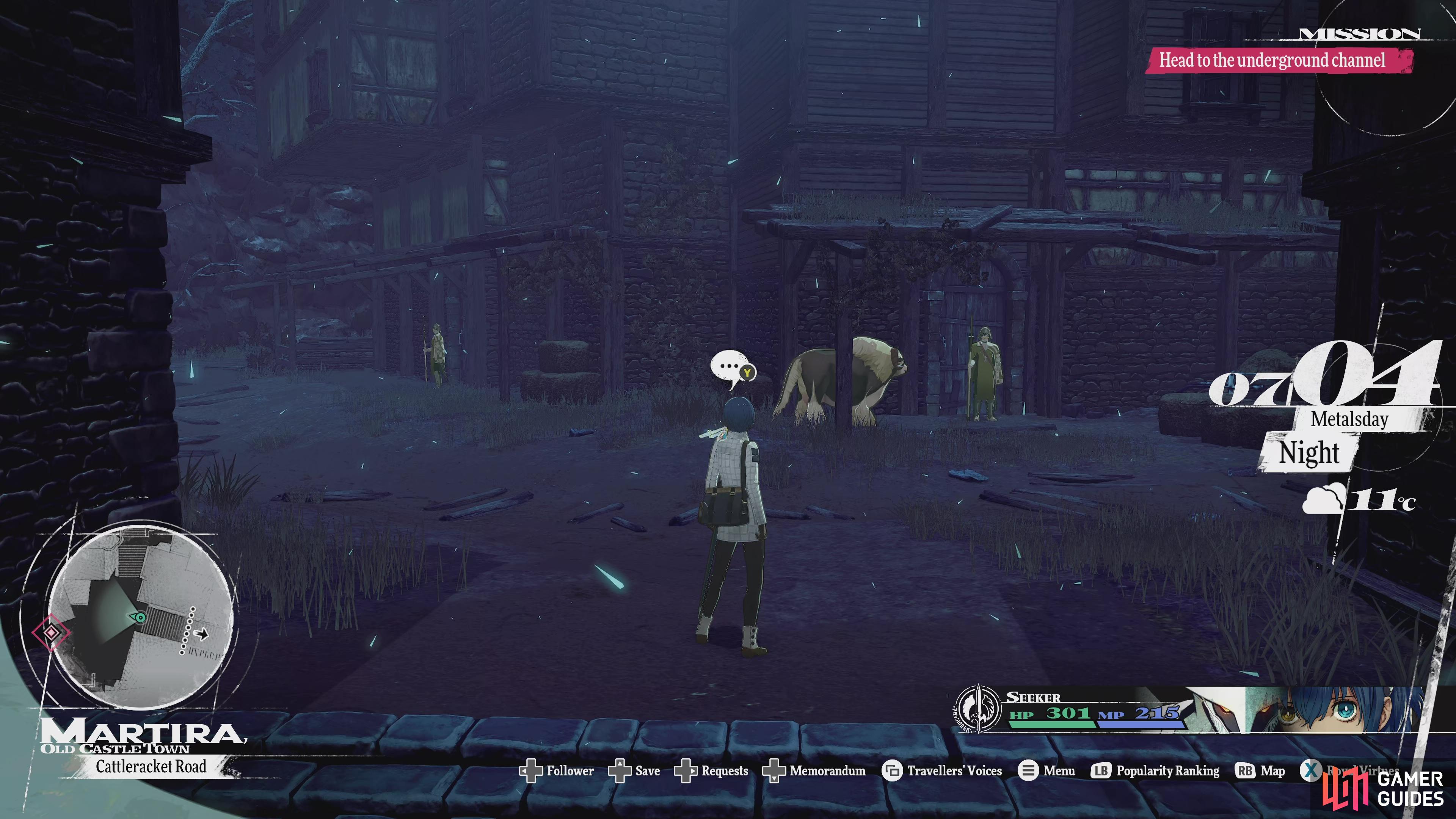
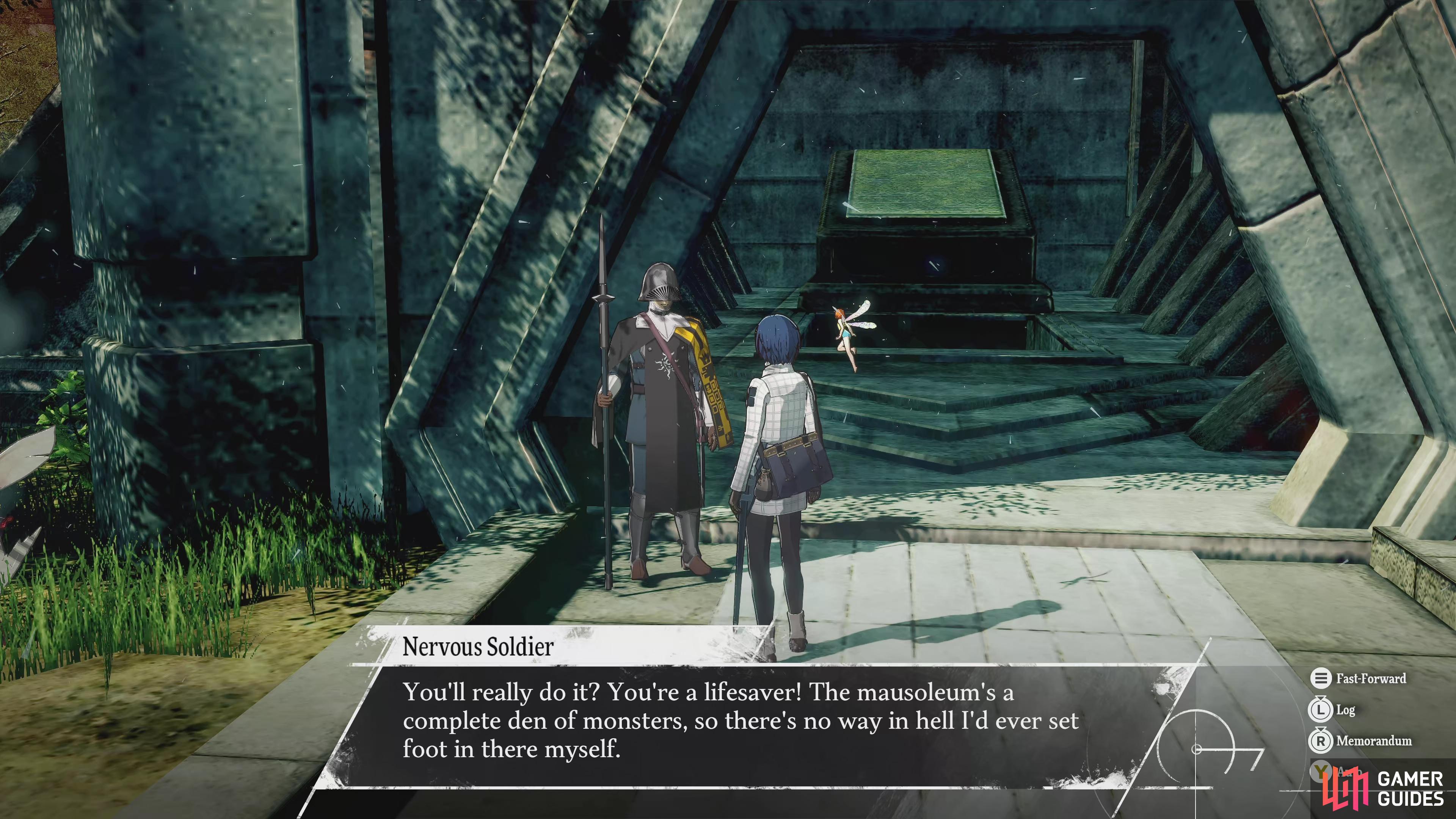
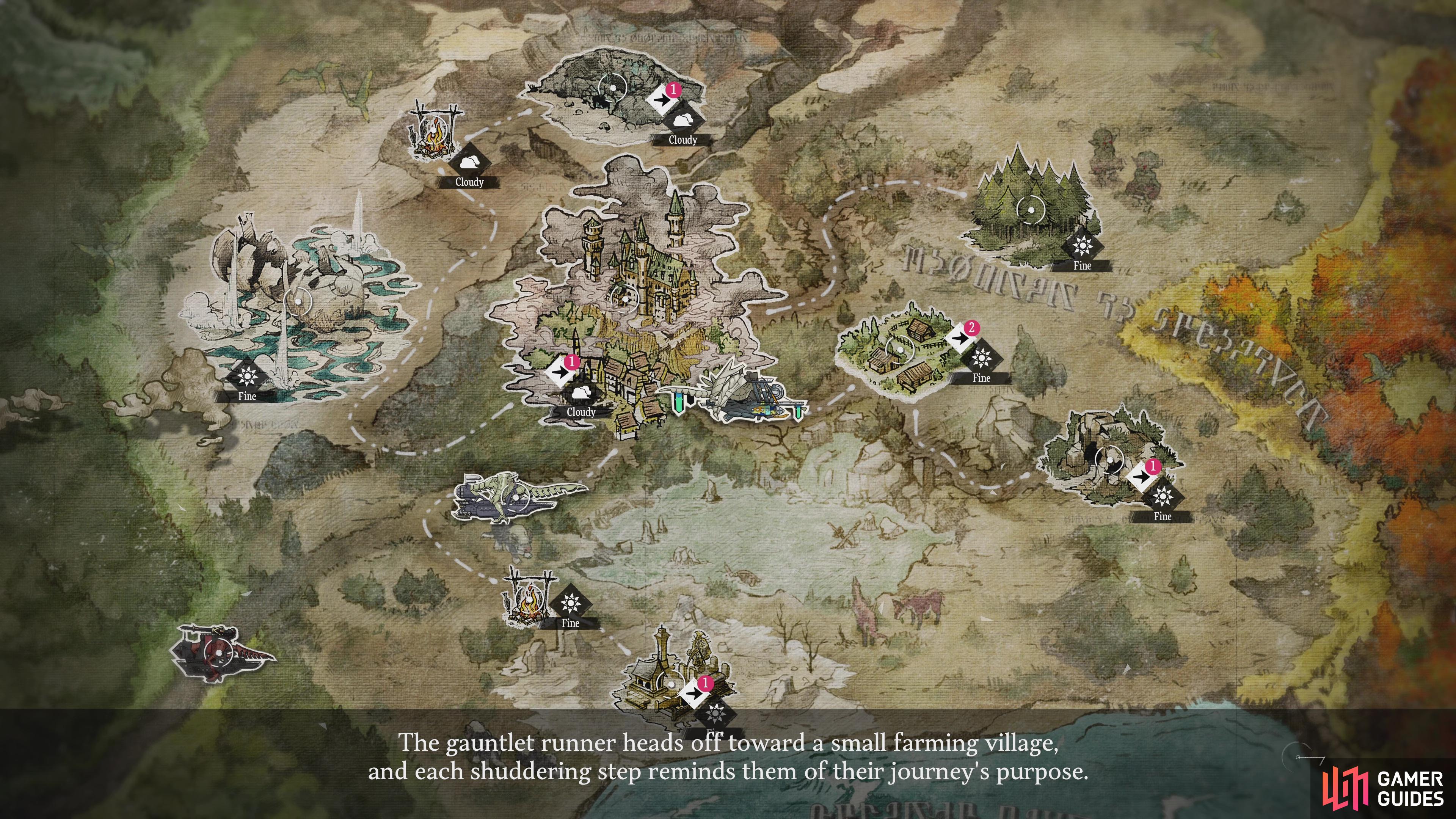
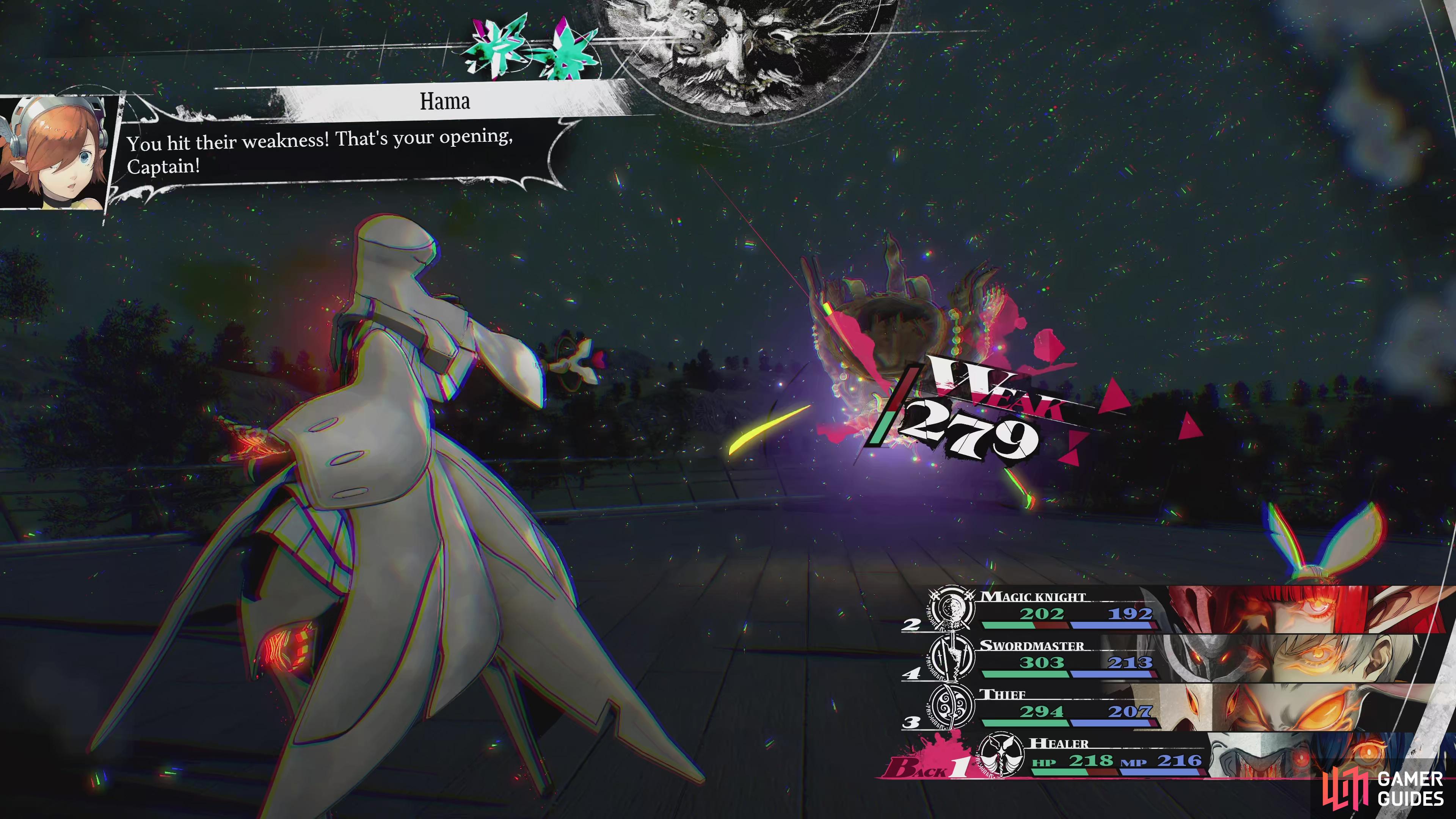

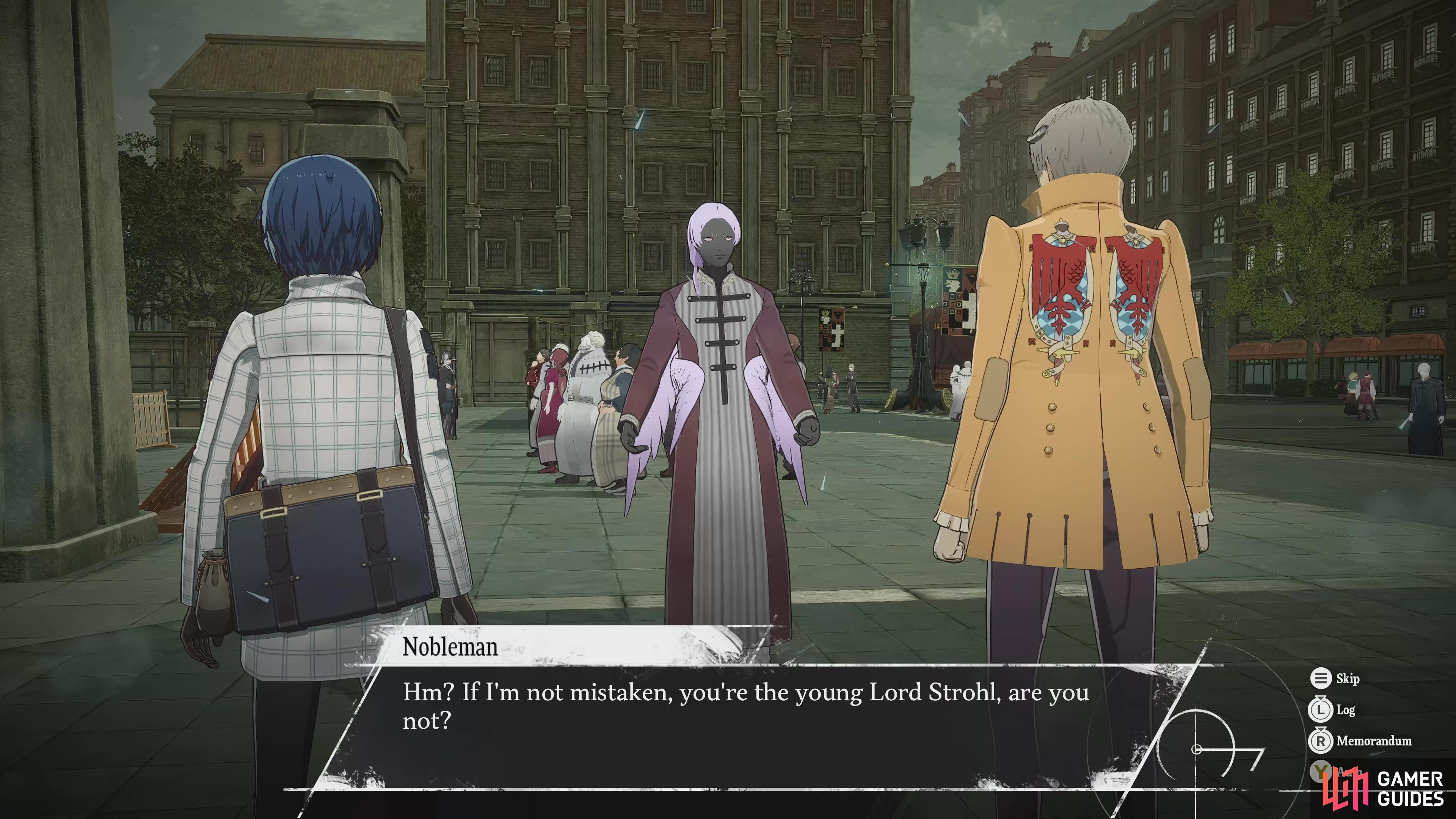
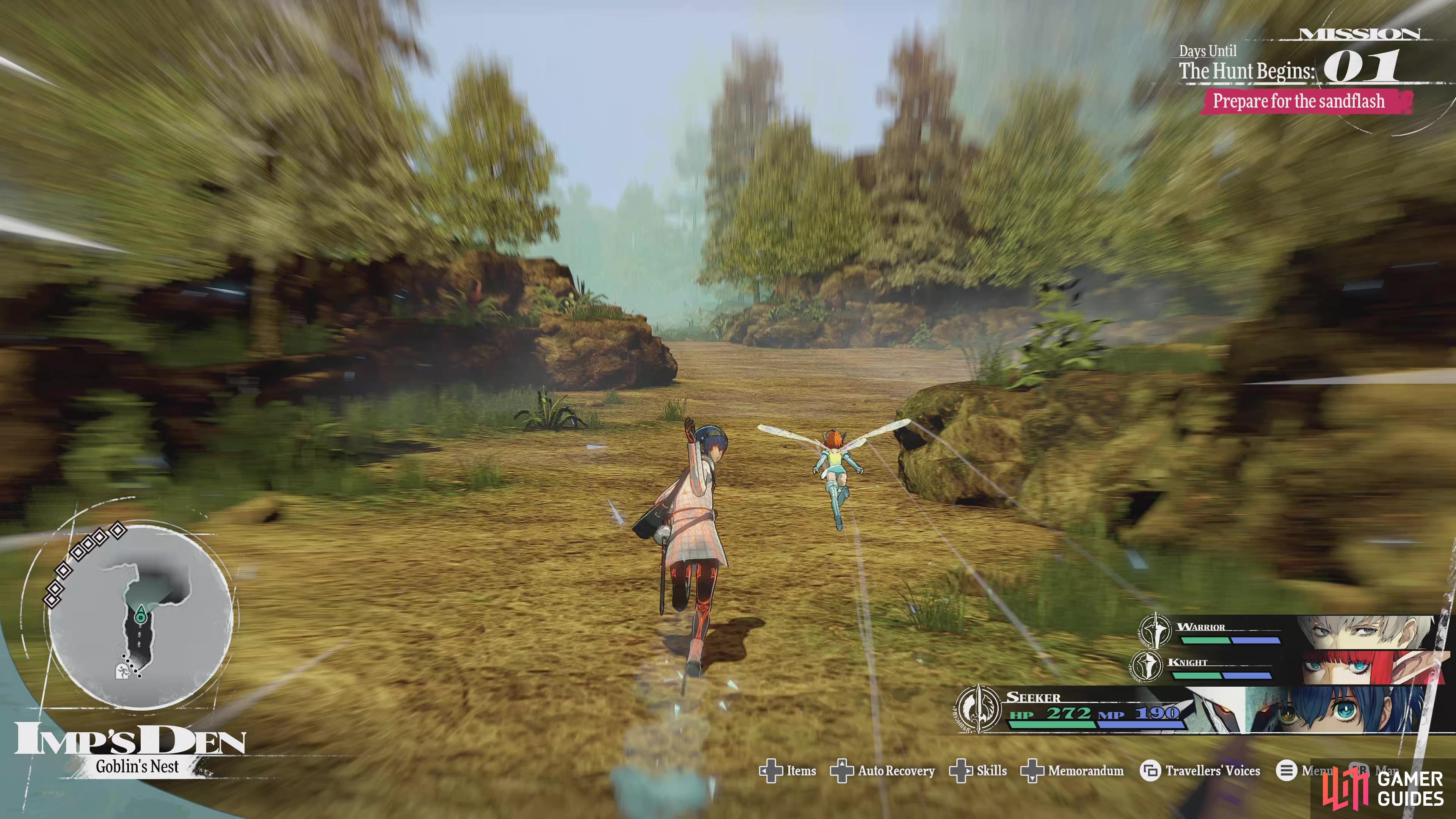


.jpg)
 Sign up
Sign up
Great review! Would you dtill recommend this title to someone that had never played Persona games before?
Definitely. It's a great starting point and has a much more mature focus.